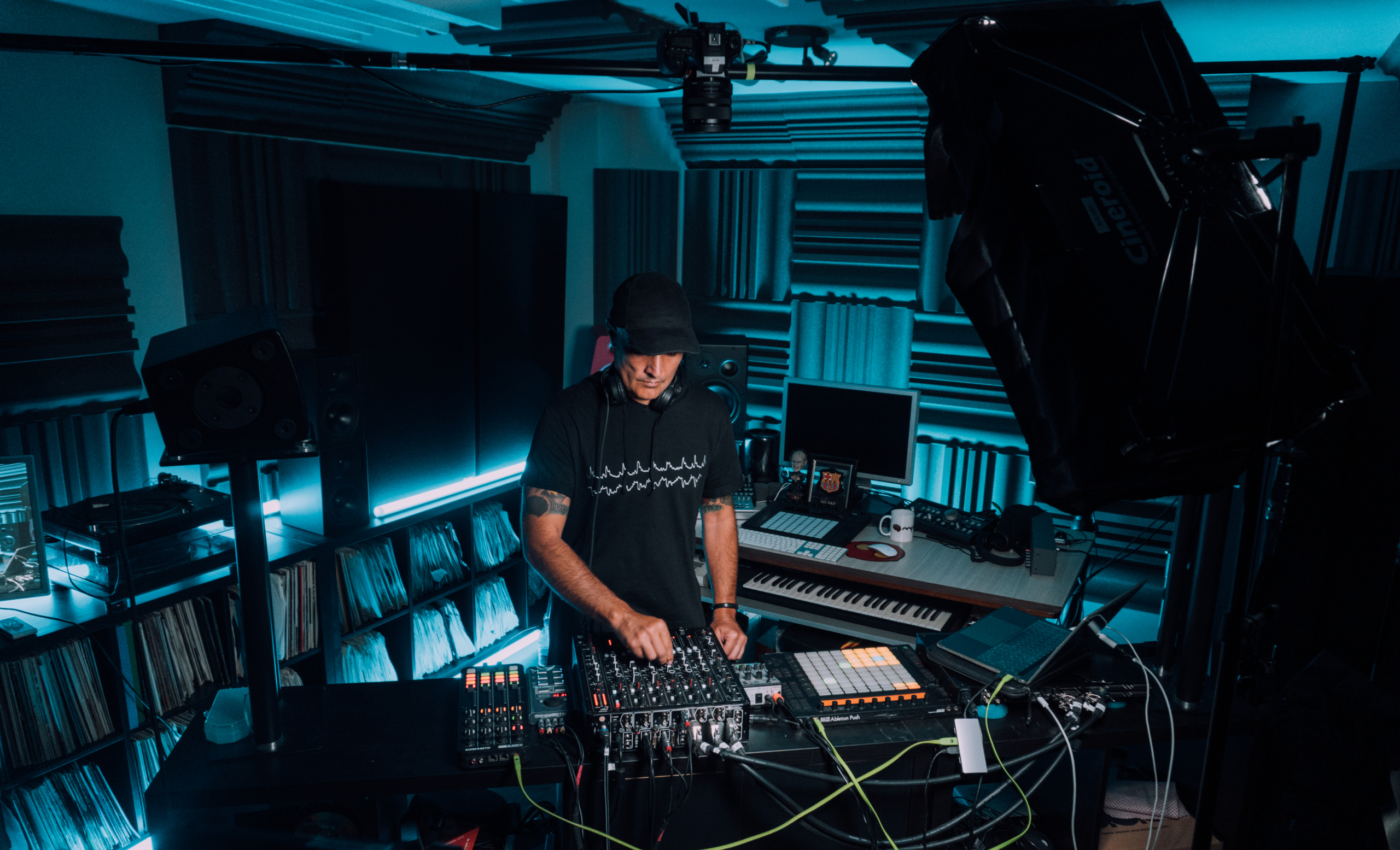
The job of the DJ has changed a lot over the years, from vinyls to USBs, from CDs to laptops. It is ever-changing due primarily to advancements in technology and software. However, the art of the DJ and the craft of smooth transitions should always stay true to the core, meaning how the DJ blends the music and creates their set should still be organic. Here are the best tips to help you with this process.
The DJ transitions refer to the process of blending or transitioning between two songs in a DJ set. So, what are the common techniques you should know as a DJ to make those smooth transitions? Here are some:
-
Beatmatching
We all know this term, what does it mean? To put it simply, it involves matching the beats of two songs so that they can be seamlessly blended together. This is typically done by adjusting the tempo of one song using a DJ controller or software.
Sounds simple, but the trick is understanding your music and records, knowing what tracks blend well together. For example, if a track has a really strong, tough kick drum, maybe mixing it with a soft house track might not match super well due to the essence of the sounds. Beatmatching before CDJs came into the world was also a harder task in its own right. This was done with records, where we had no BPM counter, no digital screens, no waveforms, just ears and hands!
-
EQ matching
This involves adjusting the equalisation (EQ) of the songs to make them blend together with regard to the frequencies. This can be done using the EQ knobs on a DJ controller or software. A normal mixer would contain 3-band EQs with some more high-tier containing 4, consisting of low, mid and high frequencies EQ parameters.
“When doing DJ transitions, it’s all about the bass frequencies – if a DJ can control bass frequencies, he can control the crowd, and it’s what makes a good transition. Learn this, and watch the crowd go crazy.”
-
Looping & Timing
Looping involves repeating a short section of a song, such as a beat or a melody, using a DJ controller or software. This can be done while fading out the first song and fading in the second song. Timing is also a huge factor, as when you create the loop will determine how the transition will sound. For example, you hear a part of a vocal phrase which you want to loop and capture, while everything is playing. You want to time the loop to where you want to grab the 4x loop. If you miss the timing on this, you might miss the loop opportunity. When you get that perfect loop, just bring in your other track and impress all your DJ friends with this seamless DJ transition.
In conclusion, these are the best tips to help you with DJ transitions for 2023. These techniques will help you make smooth transitions between songs in your DJ set, and will make you stand out as a professional DJ. Remember, practice is key, and by putting in the hours, you’ll be able to perform those professional DJ transitions like your favourite DJs. Don’t be afraid to experiment with different techniques and try new things, as this is how you’ll discover your own unique style. Good luck, and have fun!






 50 Industry Music Production Tips You Must Know
50 Industry Music Production Tips You Must Know




